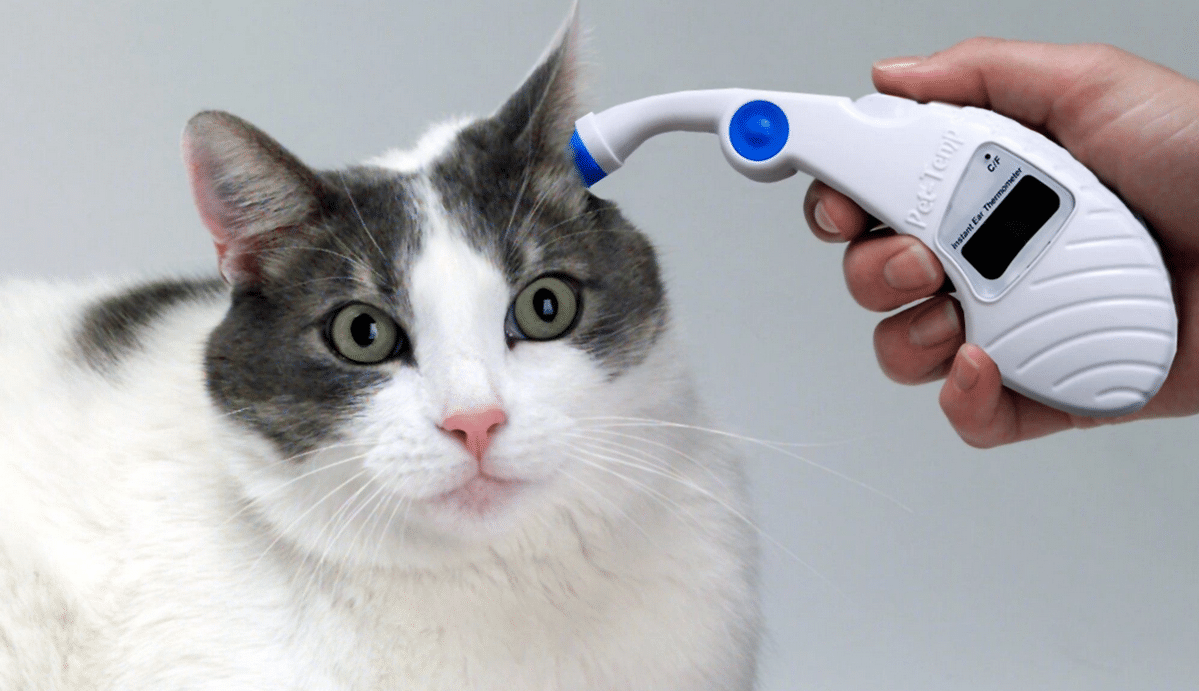In this article, Dr. Shadi Ireifej shares the science behind pet thermometry and practical recommendations for pet parents to measure their pet’s temperature accurately.
By Pet Pro Supply Co. Featured Veterinarian,
Dr. Shadi Ireifej DVM DACVS
Chief Medical Officer at VetTriage
A pet’s core body temperature gives tremendous insight into his or her current health status. Pet parents often want to be able to take their pet’s temperature without going to the veterinarian, and this is quite easy with today’s thermometers. They are safe, easy to use, accessible, accurate, digital, rapid, and consistent. Where pet parents still typically have questions is about where to place the thermometer to take the temperature. Also, just getting the temperature is not enough – it’s important to also know how to interpret the different body temperature readings from each type of thermometer.
Common thermometer placement locations include oral, tympanic (“ear”), non-contact surface infrared (topical forehead and nasal skin regions), axillary (“armpit”), and rectal. The goal for all of these is to collect that numeric value which most closely resembles an individual’s core body temperature, regardless of where on the body you measure, what device is used or what the patient’s clinical status may be.
First we look at oral thermometry. Many people wonder why it’s not typical to measure a pet’s temperature orally, just like for humans. In fact, a human study comparing the different thermometer types in cancer patients in…
Read More on Pet Pro Supply Co.











